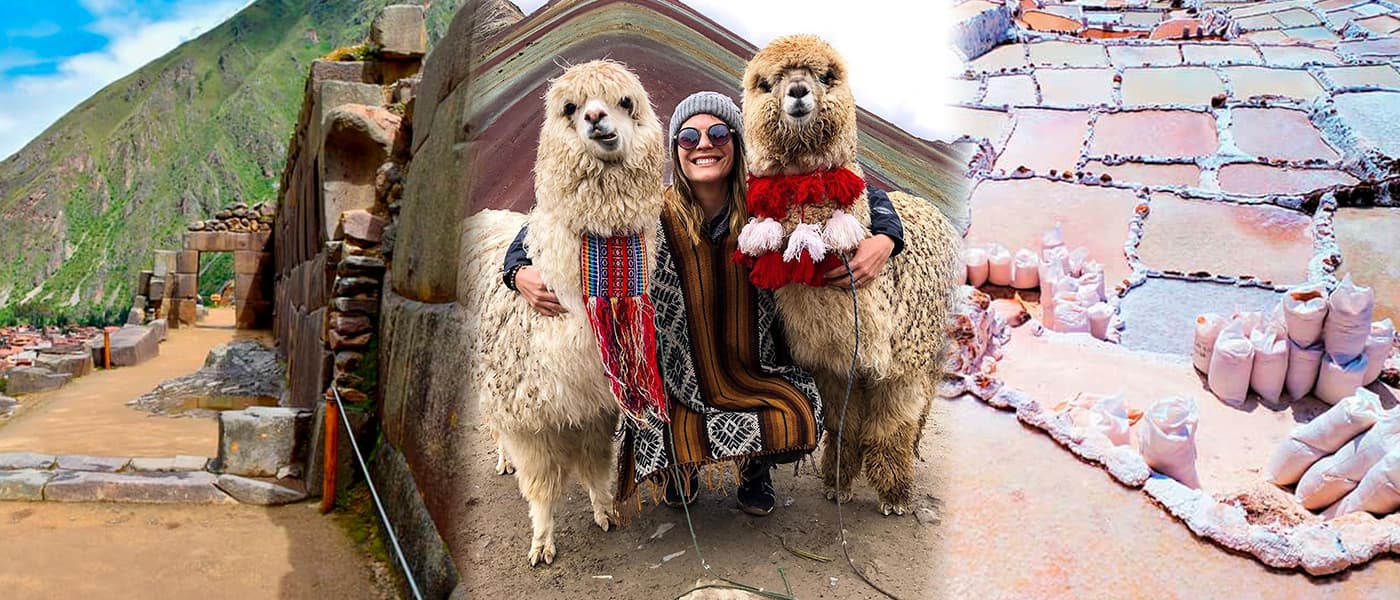Everything you need to know about Cocalmayo Hot Springs

The Cocalmayo hot springs (sometimes known as the Santa Teresa hot springs) are some of the best in the whole Cusco region. They’re also the only ones with clear water. So if the yellow hues of Lares and Aguas Calientes hot springs don’t appeal to you this is the perfect alternative.
It’s also one of the most built up hot springs in Peru. Everything is relatively modern and there have been recent renovations to the changing rooms. While the area is built up and clean, some effort has been made to maintain a natural feel to the springs.
This means that unlike the bath/swimming pool style pools you can expect in other hot springs in the area, the Cocalmayo hot springs have rocky edges where you can sit, as well as convenient steps for helping you in and out. The bottom of the pool is made up of smaller rocks.
There are 4 large pools for you to choose from. Officially temperatures range from 38°C (100°F) to 44°C (111°F). For some people this doesn’t really qualify as “hot” springs, more “warm” springs. It does feel like you’re getting in a giant bath (that never gets cold- a dream come true), so whether the temperature is good enough for you will probably depend on how you like your baths.
The Cocalmayo hot springs vary in depth, with some being quite shallow and more of a “kids pool” and others coming up to the neck of a relatively tall person (I am 5 ‘8 and my shoulders were covered in some parts of some of the pools).
The pools themselves are open from 5am until 10pm, and there is no time limit for the amount of time you can enjoy them. Like many of the natural hot springs in Peru there is a rich mineral content in the waters that aids with aching muscles and joints, softens skin, and helps with rheumatism.
While I don’t have the exact levels of every mineral to be found in the water, I can tell you that the hot springs in Cocalmayo are rich in calcium, magnesium, bicarbonate and sulfate. The water is clean and clear.
You do have to pay to enter the hot springs. The entrance is as follows:
- Tourists: 10 soles ($3USD)
- Peruvians: 5 soles ($2USD)
- Cusqueños (region): 2.50 soles (70c)
So what can you expect for your money?
Besides entrance to the hot springs, you will find bathrooms (please don’t pee in the pool), dressing rooms to change, sun loungers, showers, and a snack bar. Just outside you can find plenty of stalls offering floaties, swimming costumes, towels and so on.
Probably the only notable flaw with the hot springs is that there are no lockers. This means that you will need to leave your stuff on the side of the pool. I recommend that you leave anything expensive (phones, wallets, cameras etc) in the hotel, unless you have someone who is happy to relax on the sun loungers and look after your stuff.
If you have rented a car then there are car parking spaces outside where you can park, and often people selling some traditional food and snacks just outside the entrance.

When to Visit Cocalmayo Hot Springs
In terms of time of day, the hot springs are open from 5 in the morning until 10 at night. They are busiest in the mid to late afternoon (from about 3pm), when the tour groups arrive and then later after the locals leave work. They are especially busy at the weekend.
In terms of the best time of year to visit the Cocalmayo hot springs, the dry season is ideal. The dry season runs from April to November. This is a better time to visit because of the location in the mountains. There is a risk of landslides or the river overflowing during the rainy season (December to March).
What to Pack for Cocalmayo Hot Springs
There are a few things that you will need to bring with you to maximize your enjoyment of your trip to the hot springs:
- 10 soles entry
- Mosquito repellant
- Swimsuit
- Towel
- Suncream
- Sandals
- Water
- Sunhat
- Extra money in case you want to buy some snacks, rent a floatie, get a cab, etc

How to Get to the Pools
Getting to the hot springs is relatively easy once you arrive in Santa Teresa (more on that in the next section). You can ask any taxi driver in the town and they will know where to take you. You don’t need to ask them to wait for you as there are almost always taxi drivers waiting outside to pick someone up.
It’s about 15 minutes in the car to get to the hot springs. Alternatively, you can walk there. The walk takes about an hour and is just under 5km. The road isn’t the best to walk on and you will be passed cars going back and forth, so if you plan on walking at night try to wear something reflective and stay to the side of the road.
The walk is relatively easy, just a straight path, so you are not at risk of getting lost along the way.
How to Get to Santa Teresa
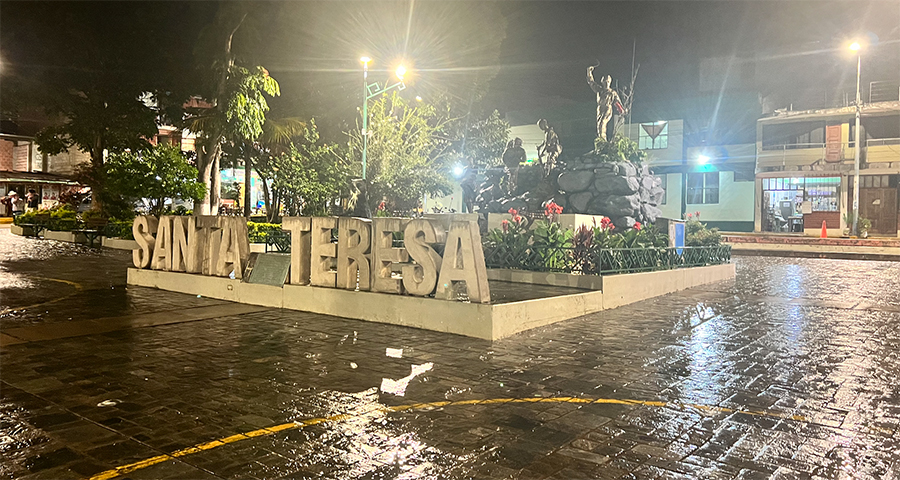
You will be staying in the town of Santa Teresa if you want to visit the Cocalmayo hot springs. To get there from Cusco you have a couple of options. The most common way is during a hike, specifically the Salkantay Trek and the Inca Jungle Trek.
Both of these very popular treks pass through the town and leave trekkers with the opportunity to visit these beautiful hot pools. The Salkantay Trek passes through on day 3 (of the 5 day trek) and the Inca Jungle also passes through on day 3 (of the 4 day trek).
This is an included (but optional) stop on the huge majority of itineraries for these treks. Be sure to double check with your provider if you know that you want to visit the springs.
Now, if you want to visit the hot springs from Cusco and don’t plan on doing either of the above treks you will need to brave public transport- it’s a very long way to take a cab. Santa Teresa is about 220 km from Cusco but only 14 km from Machu Picchu, which is why the treks pass through the town.
The public transport you will be taking is not scary. It’s a simple journey that people take all the time. Head to Antonio Lorena Avenue in Cusco, where you can find public buses heading to Santa María. Once you are there you will have no doubt where the bus is going as there will be people shouting the destination of their buses.
This bus journey should cost you 15 soles and take between 4 and 5 hours, depending on how many stops you make and how fast the bus drives. Once you arrive in Santa María, search out the collectivos (shared taxis) going to Santa Teresa.
The taxi ride costs 10 soles and should take about an hour. Once you have arrived in Santa Teresa you can either take a taxi or walk to the Cocalmayo hot springs (see above section).
You can get to the Cocalmayo hot springs from Aguas Calientes by walking along the train tracks to Hydroelectrica (10km), or you can take the train along this route for $30USD (each way). From there you can either take a taxi (30 minutes) or walk to Santa Teresa (3 hours, 10km).
Where to Stay in Santa Teresa
Now, Santa Teresa is a long way away from Cusco so if you want to visit the hot springs then you will most likely want to spend at least one night here. But where to stay? Well, if you’re only coming for the hot springs then it makes sense to stay next to them.
For the budget conscious there is a campsite. It’s a no-frills, no fuss spot. It’s just 10 soles a night per tent. Some people love the rustic nature, some people do not. If you’re used to roughing it a bit then it’s right up your street. If you’re a fan of your creature comforts then it probably isn’t for you.
So if you’re not up for camping at the Cocalmayo hot springs then the Eco Lodge right next door is going to be a better choice for you. There are rooms that overlook the valley and the hot springs, so you can check when they are busy from the comfort of your room.
Now the Eco Lodge isn’t the best place to stay in Santa Teresa, but it is the closest to the springs. If you are looking for something that is objectively nice, it’s best to head into the town. There are no 5 star spots in Santa Teresa but there are nice hotels.
Other Things to Do in Santa Teresa
If you’ve gone all the way to Santa Teresa to use the Cocalmayo hot springs, then you might as well make the most of your time there and do a few other activities- of which there are plenty.

Machu Picchu
With its proximity to the citadel we couldn’t not put it on the list, eh? Santa Teresa is a great jumping off point for those who want to get to Machu Picchu and do it in a none-conventional way.

Zip-lining
By far one of the most popular things to do in Santa Teresa, the zipline takes you across the valley. With four ziplines and a suspension bridge, this is a great way to spend some time. Be aware that the tour groups tend to visit in the morning, so it’s best to aim for the afternoon to avoid huge queues.
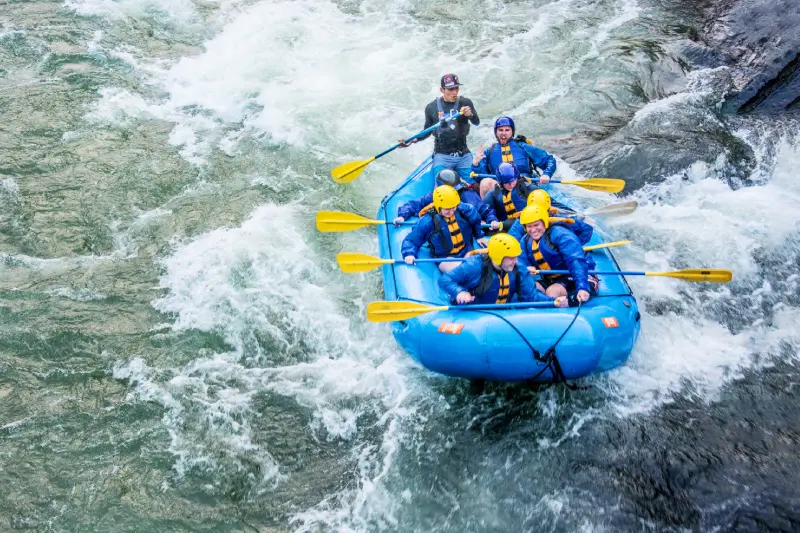
Rafting
Rafting the Urubamba river is a really really fun way to spend half a day. The rafting is beginner friendly and suitable for (almost) the whole family. Best to leave babies and dogs on the shore.
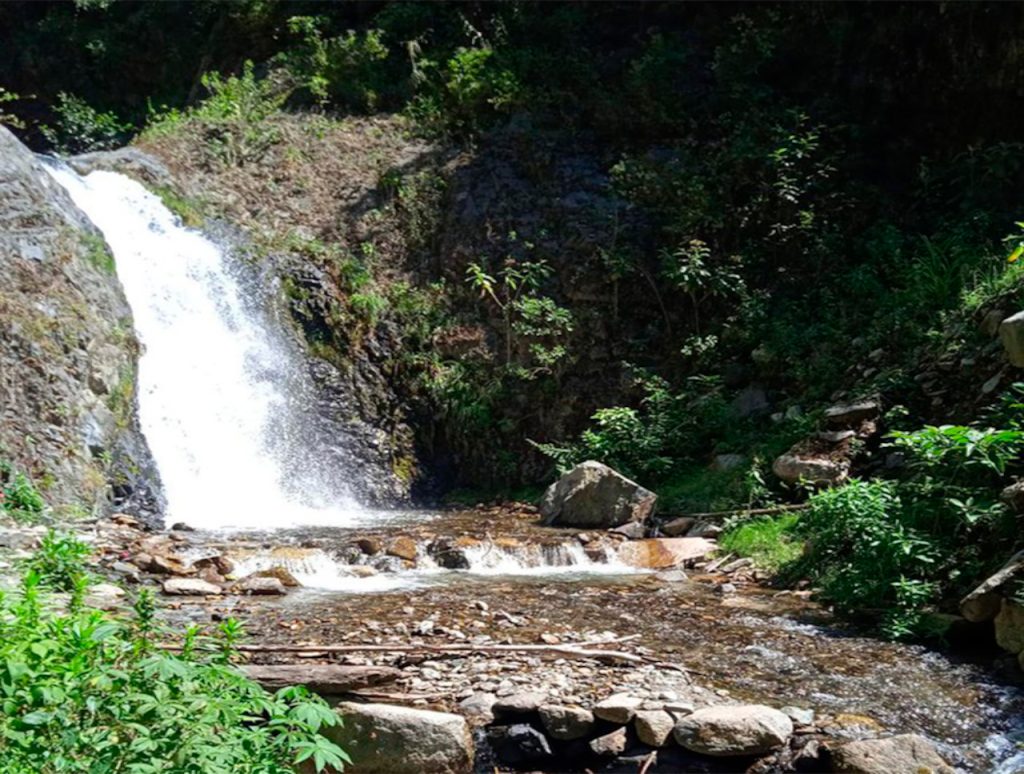
Waterfall and Rock Climbing
This is a fun and unique experience for you to take on before you head to the Cocalmayo hot springs. Santa Teresa is one of the few places that you will be able to do a tour like this.
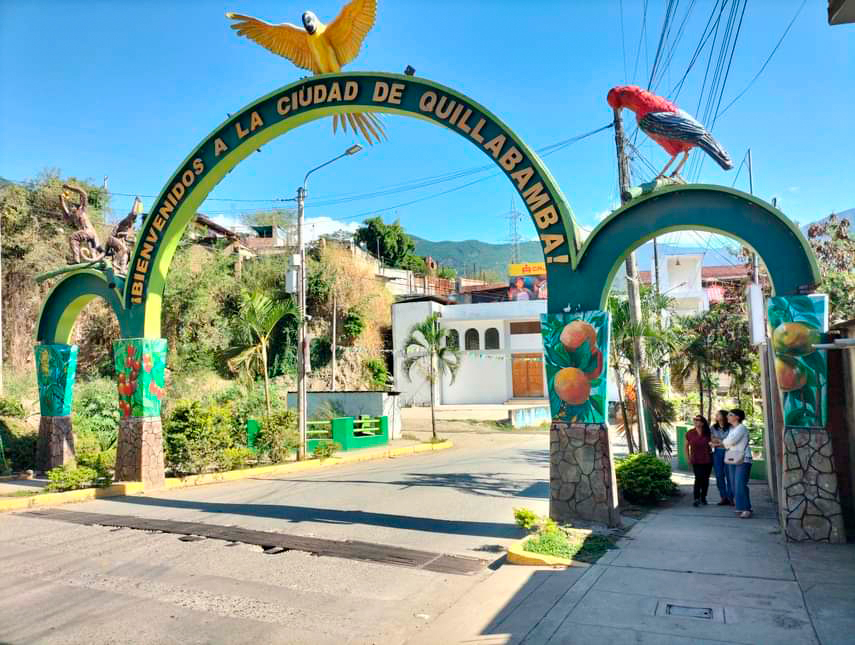
Visit Quillabamba
Quillabamba is a small city made famous for its fried chicken (seriously, you have to try it: Pollo Quillabamba). The town itself has loads of different waterfalls to explore, and it’s well and truly off the beaten track for tourists- despite being a popular destination for Peruvians. The weather is awesome and the food is fantastic.
